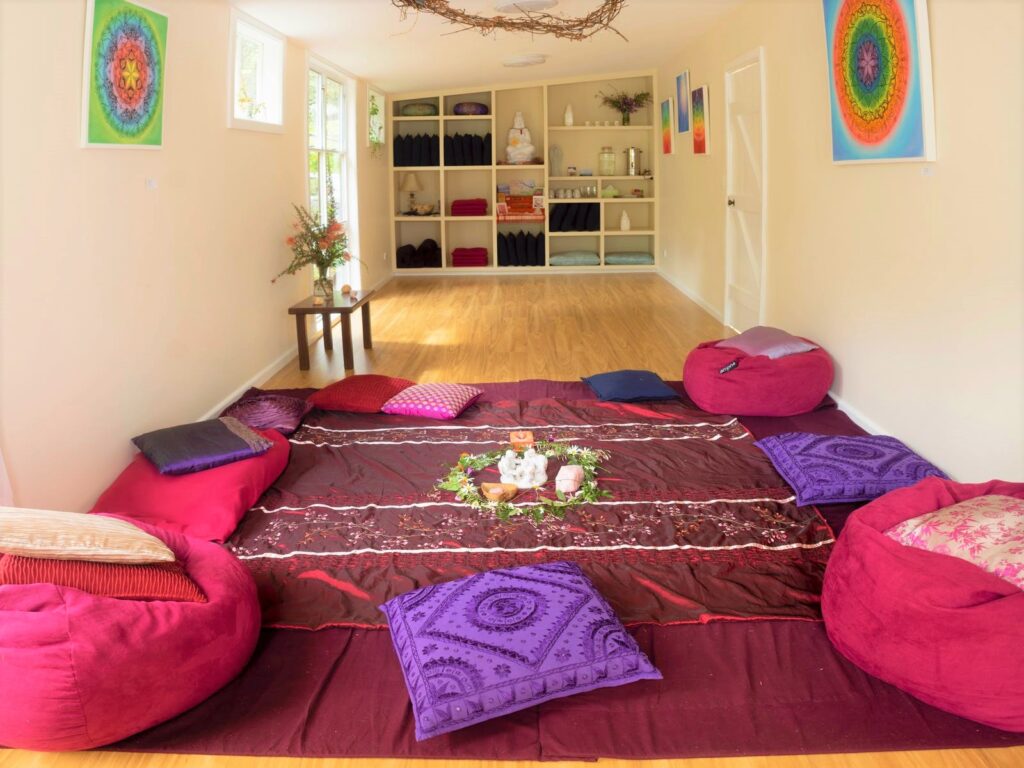
Reclaim Your Health by Choosing the Right Healing Centre
Whether you’re dealing with addiction or a traumatic experience, healing centers can play a vital role in helping you regain control of your life and find direction. However, it’s important to understand that not all healing centers are created equal. Here are 5 things you should consider before choosing a healing center.
Location
Health is an ongoing journey. Symptoms don’t happen overnight; they are the result of weeks, months, or even years of actions and inactions. When it comes to the location of a healing center, proximity to your home is essential. Being able to visit the center regularly can contribute to the effectiveness of the healing process. Additionally, choosing a quiet and peaceful location allows you to focus solely on your healing journey without distractions.
Community-owned healing centers are particularly valuable for supporting Aboriginal and Torres Strait Islander people and their families in addressing intergenerational trauma. These centers operate with the core principles of Aboriginal and Torres Strait Islander spirituality and culture. They may also be situated on custodial land, providing a sense of connection to the ancestral roots. Activities offered at these centers are tailored to meet the local needs and contexts.
Some healing centers, like the Peruvian Amazon retreat mentioned earlier, utilize the surrounding landscape to embody the principles of embracing nature and finding strength in silence. The architecture and design of such centers integrate elements like gridded structures, tall sloped roofs, permeable screens, and cross-ventilation. The interior spaces are created for ritual dining, conversation, rest, and meditation, allowing individuals to immerse themselves in a serene environment.
Cost
Considering the cost is important as healing centers can be a cost-effective way to regain control of your health. Investing in healing centers not only benefits individuals but also contributes to the local community through increased tourism and job opportunities. Moreover, by providing the necessary support and resources, healing centers can help reduce rates of suicide, incarceration, and domestic violence, creating a safer and healthier society.
The success of a healing center relies not only on its buildings but also on access to the land itself. Traditional use of Talbits Kwah territory includes hunting, trapping, gathering medicines, berry picking, and visiting cultural ceremonial sites. This is a core principle of self-determined wellness and decolonization and one that can be threatened by man camps and pipelines.
Experience
The experience provided by a healing center can have a profound impact on your overall well-being. The philosophy of “healing through presence” guides the array of holistic therapies offered, including yoga, acupuncture, meditation, and herbalism. These therapies not only address physical ailments but also foster a spiritual connection with nature. For individuals dealing with neurodegenerative diseases like Parkinson’s or Alzheimer’s, these treatments can help alleviate symptoms and improve their quality of life.
Many people choose to attend a healing center because they are experiencing depression or anxiety. Others are facing challenges in their relationships and need help navigating the complex issues that arise in family life. These issues can be very challenging to overcome, but a healing center can help them find a way to heal from the past and move forward in their lives.
There are many different types of healing centers. Some focus on treating specific conditions such as PTSD or trauma-related issues. Others are geared toward spiritual growth and may rely on classic faith traditions or take a new-age approach. The most important thing to remember is that each healing center is unique and offers a unique set of experiences.
In the healthcare industry, reclaiming healing as the core aim is necessary. Regulatory pressures, profit-driven metrics, and delivery models that don’t fully engage with communities can distract clinicians from the true goal of healing. By adopting principles like proximity, mutuality, resilience, and kindness, clinicians can refocus on the sacred purpose of healing and provide more compassionate care.
Healing centers also play a vital role in supporting the well-being of Aboriginal and Torres Strait Islander people. These centers empower individuals to identify and address their own needs in areas like health, education, housing, employment, and community development. They contribute to the local communities and governments through initial capital investment, job creation, and significant savings resulting from reduced rates of suicide, incarceration, domestic violence, and substance abuse.
In conclusion, choosing the right healing center requires careful consideration of factors such as location, cost, and experience, By making an informed decision, you can embark on a healing journey that will help you reclaim your health and find direction in life.